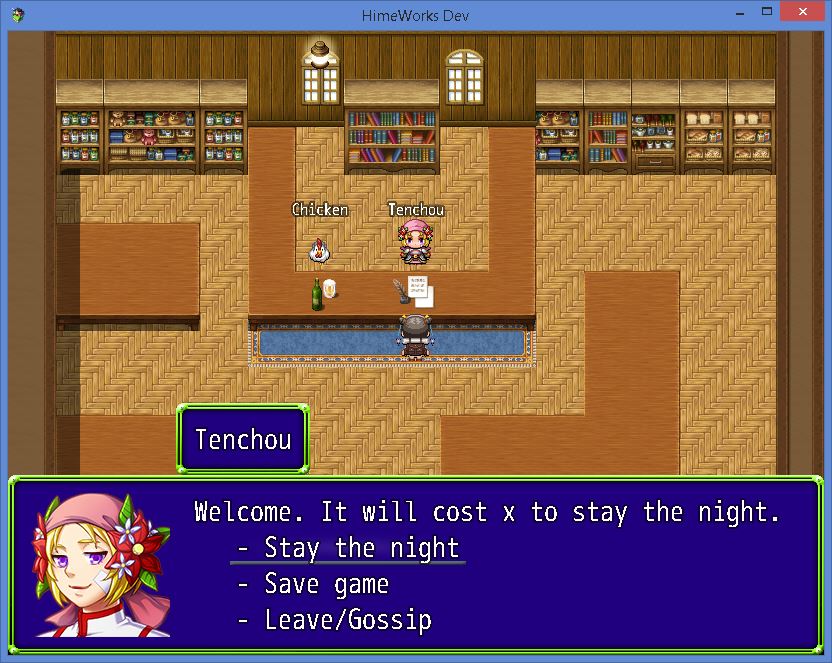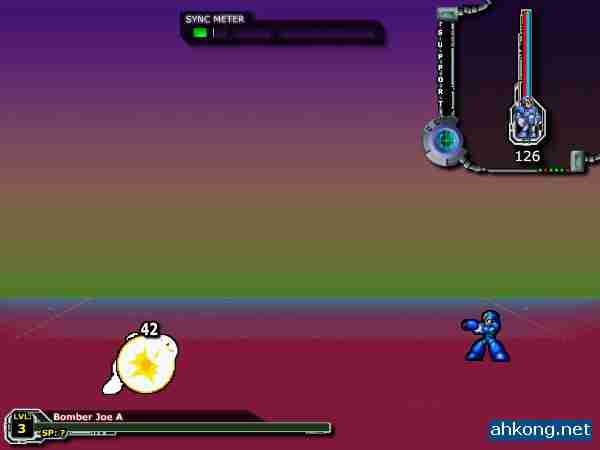

You can create games for non-commercial use, but if you want to sell your title you need to purchase a commercial license, which is available on Steam as DLC.
#Rpg dialog maker full
RPG Paper Maker gives you a way to create RPGs in a full 3D world as simply as it is in 2D! RPG Paper Maker also comes packed with cool retro inspired graphic assets for you to use in your own projects.Īs mentioned earlier, this engine is source available with the source code hosted on GitHub under a proprietary license.
#Rpg dialog maker free
RPG Paper Maker is a game making engine, free for non commercial use, allowing you to create a 3D universe with many 2D sprites and even 3D objects using a simple interface for all available platforms: Windows, Linux, and MacOS.

It enables you to create games simply using an entirely on screen set of options, or you can extend the engine using the JavaScript programming language.
#Rpg dialog maker series
Different however than the RPGMaker series of game engines, Paper Maker is entirely 3D and runs on Windows, Mac and Linux operating systems. RPM is similar in many ways to RPG Maker (beyond just the name) in that it provides all the common features of a jRPG game including battle screens, inventory, parties, dialogs and more. This meant extending outside of my usual scope into programming, graphic design, UI design, and even some sprite art, but I am very pleased with the end result.RPG Paper Maker (RPM for short) is a free for non-commercial use, source available game engine designed to create jRPG style games. So with this, I set out to follow the pipeline entirely on my own, from initial recording to functional executable. I knew I would become much more confident in my various isolated skills if I could see them all come together. Working like this, I became increasingly aware of the murky gaps in-between where the work became "someone else's job." The "Random" and "Default" buttons allow for quick adjustments.īefore taking on this project, I'd only ever worked in isolated pieces of the game audio pipeline. The higher the speed, the smaller the delay.Įach NPC is assigned values for each of these parameters, either through hard code, in the Inspector window for that character, or using the live GUI sliders when running. Instead, it is used in the module's code to determine the delay between phonemes. Speed - This is the only parameter not directly used by Wwise.

In a game, effects like these could be rapidly added and tweaked as needed. Tone - Here I used Wwise's Tremolo effect to add a toothy edge to the voice. Eventually, I decided to record a second set of phonemes using a girl's voice and create a Blend Container in Wwise to morph between the two. At first, I tried to imply gendered voices by filtering between formant frequencies, but Wwise lacked a reliable way to do this. Gender - This one was trickier to implement than I'd originally planned. Volume - While volume could be used to create a distinctly loud or quiet character, this parameter is best used within the code's Enunciate method, which makes a sentence louder if it ends in an exclamation point! I also used pitch to imply questions and randomized all pitches slightly to create natural variation. Equipped with a wide range of events, you wont need to write a single line of code to trigger actions when a conversation is started or ended or a dialog. Pitch - One of the simplest ways to change a voice also proved to be one of the most effective. I chose to define each character's voice through five core parameters: The engine then manipulates these phonemes in real time and plays them back in quick succession, creating the illusion of speech. To do this, I determined which basic phonemes were most vital for recognizable English speech, and recorded them. For the generated dialogue, I wanted to achieve stylized gibberish in the vein of Animal Crossing, but slightly more legible.


 0 kommentar(er)
0 kommentar(er)
